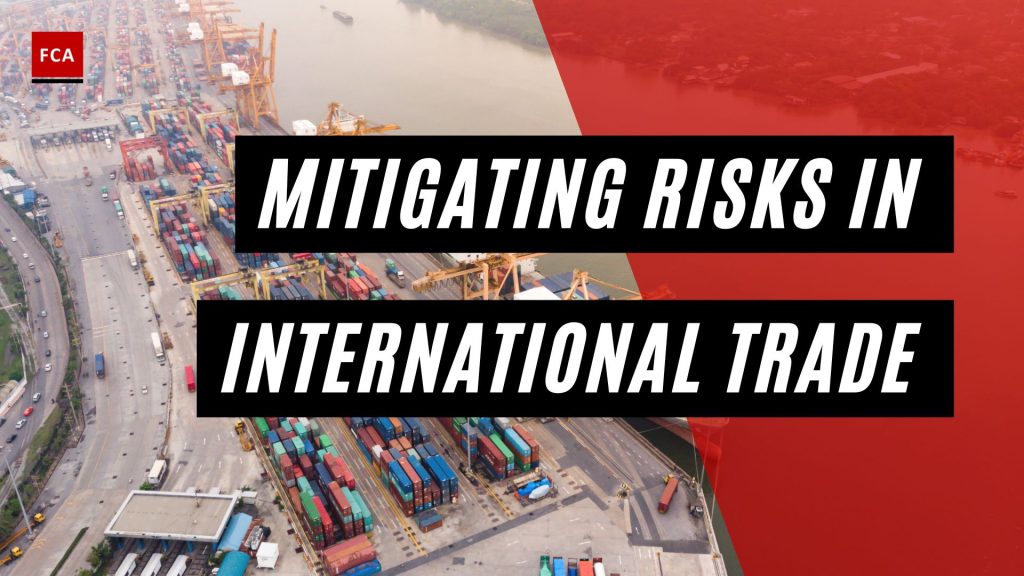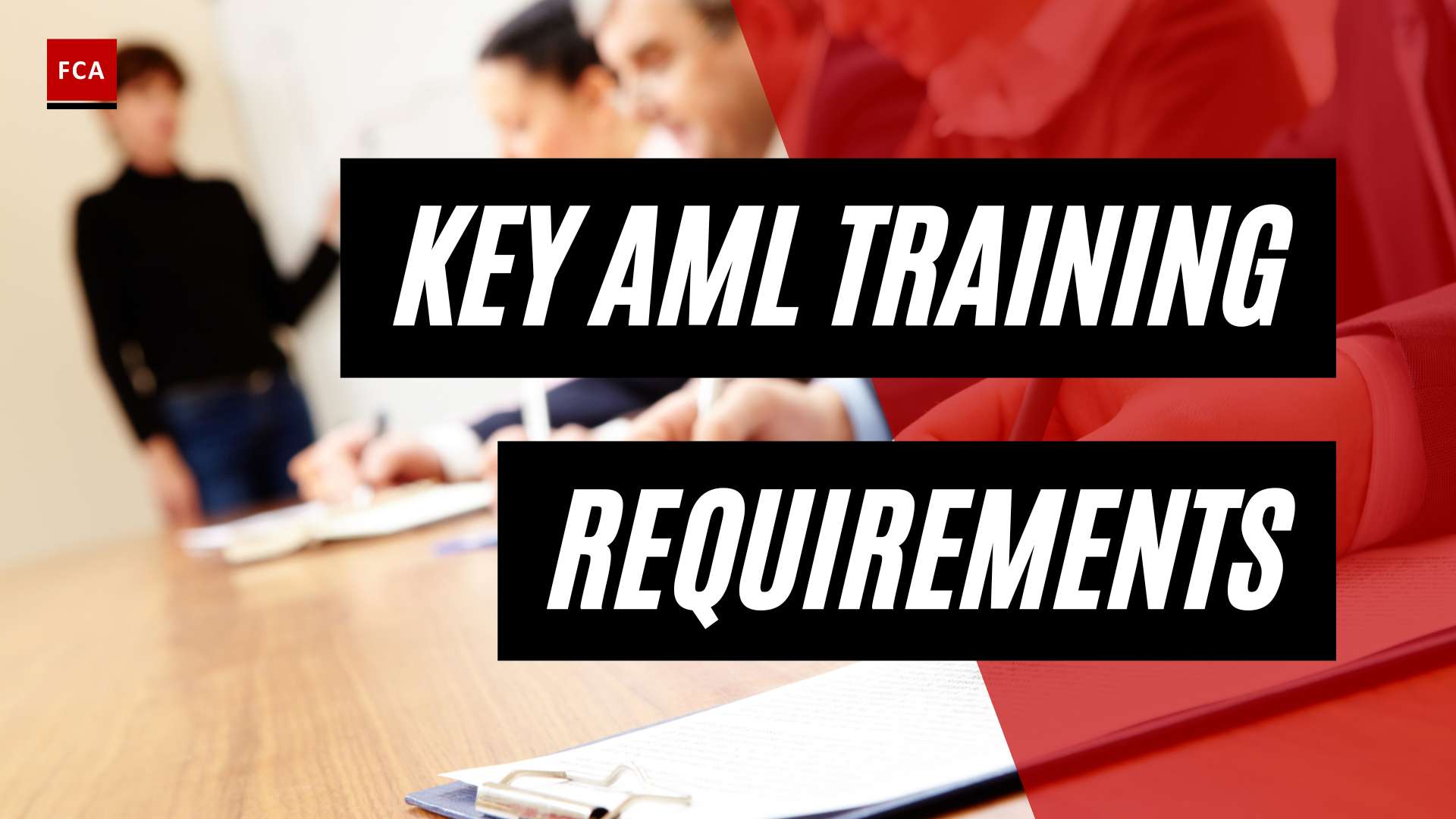Mitigating risks in international trade requires a comprehensive approach that encompasses robust due diligence measures, enhanced regulatory frameworks, and effective cooperation between authorities and financial institutions.
International trade involves a range of risks for the parties involved, which leads to uncertainty over the timing of payments between the exporter and importer. This creates tension along the supply chain, which can have negative consequences for both the importer and the exporter.
Trade processes and financing have adapted to address this tension, while still supporting the growth of the global marketplace. As such, there are five primary methods of payment for international transactions. These are ranked in terms of preference for the importer or exporter, so the least preferable method for the importer is usually cash in advance, as they must pay the exporter ahead of receiving the goods, but this is the most preferable method for the exporter.

Mitigating Risks in International Trade: What is Trade Process and Trade Financing?
Contributors noted open account and documentary collections as being the most prominent in their TBML analysis and investigation activities. The Wolfsberg Group noted around 80% of the international trade processed by financial institutions (FIs) is open account trading. Nevertheless, as a method for systematically disguising the proceeds of crime, an importer routinely paying cash in advance is likely to arouse the suspicion of authorities or FIs.
Open Account
The United Nations (UN) Trade Facilitation Implementation Guide notes that an open account transaction is a sale where the goods are shipped and delivered before payment is due. Payment is usually made within a set period, anywhere between 30 and 90 days after receipt of the service or products or goods.
Trade-based money laundering schemes involve this open account method because FIs have a minimal role, which means less supervision than as compared to the documentary collection transaction process. Financial institutions may struggle to consistently assess the legitimacy of the customer’s business operations, whether through manual or automated transaction monitoring.
The issue is described as creating a disconnect between the movement of the underlying trade and the money used to finance it. This disconnect is then exploited by criminals, including money launderers and terrorists, using specific gaps, in a logical manner, mitigating their risk of identification.

Further the transaction complexity may be added by using third-party stakeholders in multiple jurisdictions to hide from the attention of law enforcement. However, it is important to consider that open account trading is an important part of the global trading process, so the potentially easy answer of increasing regulation of open account trading is not a logistically viable option. The existing initiatives that increase opportunities to spot money laundering or terrorist financing exploitation, for open account trading, must be robust to prevent TBML activities.
Final Thoughts
International trade presents a complex landscape with inherent risks and uncertainties surrounding payment timing. This tension along the supply chain can have negative implications for both importers and exporters. To mitigate these risks, trade processes and financing mechanisms have adapted to support the growth of the global marketplace.








